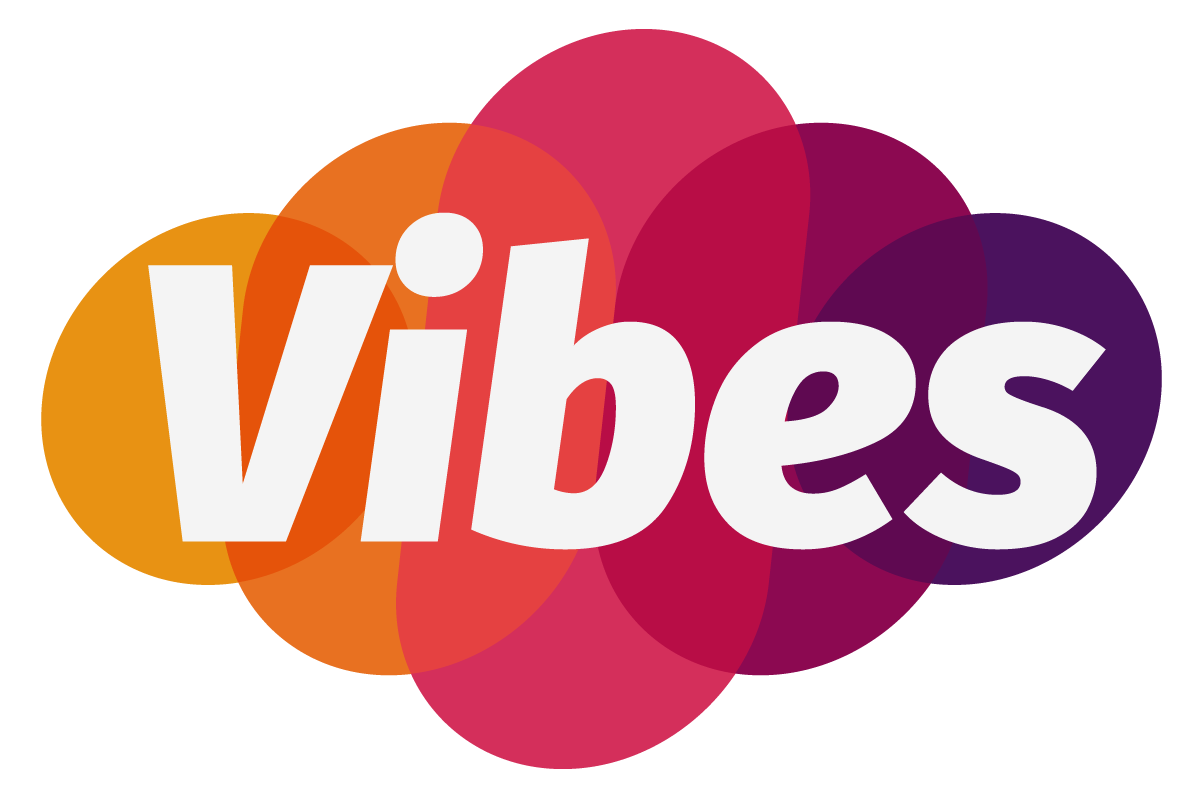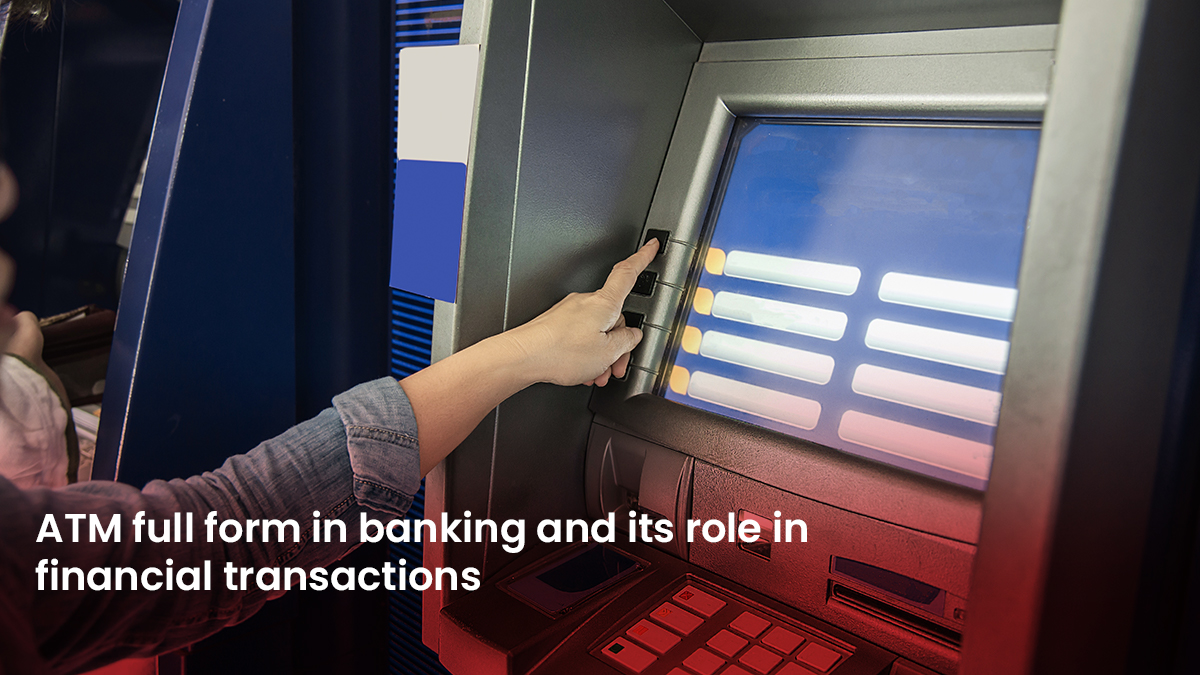Ever needed cash but didn’t want to stand in long bank lines? That’s where an ATM comes in. ATMs make banking super easy. Just insert your card, enter your PIN, and boom, you get your money in seconds. No need to wait for a cashier or visit a bank during working hours.
ATMs are everywhere, near shops, in malls, at petrol pumps, even in remote areas. They don’t just give cash; you can also deposit money, check your balance, and do a lot more. In this blog, we’ll break down everything about ATMs in the simplest way possible.
What is an ATM?
An ATM is an electronic banking terminal that enables customers to carry out financial transactions without the presence of human operators. What is the full form of ATM question is one that is often posed by users of banks, particularly those who are new to online banking. The response is straightforward—ATM is an acronym for Automated Teller Machine, which is a self-service terminal for withdrawing cash, depositing funds, and inquiring about balances.
Banks utilize ATMs to minimize customer reliance on brick-and-mortar branches to facilitate easy and speedy transactions. ATMs have transformed contemporary banking by facilitating faster and simpler access to one’s money.
Understanding ATM full forms and meanings
Many people get confused with different terms related to ATMs. Let’s clear them up one by one!
ATM full form in banking
The full form of ATM in banking is Automated Teller Machine. It’s a machine that helps you withdraw and deposit money, check your balance, and do other banking tasks without needing a human teller. It’s like a 24/7 mini-bank that’s always open!
ATM card full form
An ATM card is a plastic card issued by banks to help you use ATMs. The full form of an ATM card is just “Automated Teller Machine card”, but it’s commonly called an ATM card because you use it at ATMs to withdraw money and check your account details.
ATM PIN full form
Whenever you use an ATM, you need to enter a PIN. But what is the full form of ATM PIN? It stands for Personal Identification Number. It’s a 4 or 6-digit secret number that protects your ATM transactions. Never share your PIN with anyone!
Full form of ATM machine
You might hear people say “ATM machine”, but that’s actually incorrect! The full form of ATM already includes “machine”—Automated Teller Machine—so saying “ATM machine” is like saying “Automated Teller Machine machine.” Sounds funny, right?
ATM bank full form
The term ATM bank full form just refers to Automated Teller Machine in the banking system. It’s a key part of modern banking, making transactions easier for customers.
ATM card ka full form
For those wondering, ATM card ka full form is the same—Automated Teller Machine card. In simple terms, it’s a bank card used to withdraw cash and do other transactions at ATMs.
ATM ka full form kya hai?
Many people ask, ATM ka full form kya hai? in Hindi. The answer is ऑटोमेटेड टेलर मशीन (Automated Teller Machine), which means a machine that helps you with banking tasks like cash withdrawals and deposits.
ATM ka full form kya hota hai?
If you hear ATM ka full form kya hota hai?, don’t get confused! It’s the same as above—Automated Teller Machine (ऑटोमेटेड टेलर मशीन). ATMs make banking super easy by allowing you to access money anytime, anywhere.
Advantages and disadvantages of ATMs
ATMs have made banking convenient, but like everything else, they have advantages and disadvantages. Let’s examine the advantages and disadvantages of ATMs so you can better comprehend them.
Advantages of ATMs
- 24/7 availability – Need money at midnight? No worries! ATMs are always available.
- Reduced bank queues – No waiting in long bank queues
- Accessibility in rural areas – ATMs are located in villages and towns, which makes banking easier
Disadvantages of ATMs
- Security issues – Cheats employ tactics such as skimming and phishing to obtain card information
- Reliance on machine performance – If the ATM machine is not functioning or is out of cash, you may be forced to find another one
Advantages of ATM cards
- Ease of cash withdrawal and payment – Simply swipe or insert your card and receive cash immediately
- Safe withdrawal of bank accounts – All transactions need a PIN, which provides security
ATM usage guidelines
To best utilize your ATM card, it is essential that you understand the proper usage. Below are straightforward guidelines for effectively and safely operating an ATM.
How to withdraw money from an ATM
- Insert your ATM card into the ATM
- Select your desired language
- Enter your ATM PIN number
- Select “Withdraw Money” and the account type (Savings/Current)
- Enter the amount to withdraw
- Take your money and receipt
- Retrieve your ATM card upon departure
How to deposit cash in an ATM
- Insert your ATM card and enter your PIN
- Choose “cash deposit” from the options
- Deposit the cash into the deposit slot
- Verify the amount shown on the screen
- Retain the receipt for future reference
How to insert ATM card
- Ensure the card is inserted chip-first and facing upwards if it is chip-enabled
- If it’s a magnetic stripe card, insert it stripe-side down and to the right
- How to generate ATM PIN (For first-time users)
- Insert your card and choose “Generate PIN”
- Enter the OTP, the pin that you have received on your registered mobile number
- Choose a 4-digit or 6-digit PIN of your preference
- Confirm and finalize
How to change ATM PIN
- Insert your ATM card in the ATM machine and then enter your current PIN
- Choose “change PIN” from the menu
- Enter a new PIN and re-enter it
- Your PIN is now changed
How to activate ATM card
- Automatic activation of your ATM card by some banks
- If manual activation is required, insert the card into an ATM and follow the instructions on screen
- You may also be required to contact the bank’s customer service or activate it using internet banking
How to block ATM card (loss or theft case)
- Call up your bank customer care and seek blocking
- Make use of the mobile banking application or internet banking of your bank to block your card
- Walk into your nearby bank branch and inform the concern
Security features and precautions
It is essential to keep your ATM card safe since it is connected with your bank account. In order to safeguard your money, ATM cards have various security features. Let’s learn more about them in detail and also go through some precautions.
What is CVV in an ATM card?
CVV is an abbreviation for Card Verification Value. CVV is a three-digit number at the back of your ATM or debit card. The primary intention of the CVV is to introduce an additional level of security in online payments. Banks utilize CVV to ensure that only the card holder can make a payment.
What is CVC in an ATM card?
CVC is short for Card Verification Code. It is essentially the same as CVV and is utilized by certain banks as an added security term. CVV and CVC are used for the same reason—to avoid fraud in online transactions.
What is the full form of CVV in an ATM card?
The complete name of CVV is Card Verification Value. Whenever you pay using your card online, you have to provide the CVV. It ensures that you are with the card and minimizes fraud.
Is an ATM card and debit card the same?
Not really. ATM cards are specifically for using to withdraw money from ATMs, whereas debit cards can be utilized for spending (online and offline) and ATM transactions. Debit cards are more so because they operate for shopping, bill payments, and cash withdrawal.
Is a credit card and ATM card the same?
No, they are not the same. ATM cards provide access to your own funds, whereas credit cards enable you to borrow money from the bank. When you use a credit card, you must pay back the amount in the future (usually with interest). But when you use an ATM card, you can spend only the available balance in your bank account.
Tips to keep your ATM card safe
By adhering to these security guidelines, you can safeguard your ATM card against misuse and fraud.
- Never give your PIN to anyone
- Transact at secure ATMs (ideally at banks or under well-lit areas)
- Look for skimming machines prior to inserting your card
- Activate SMS alerts to monitor transactions
- Update your ATM PIN frequently to remain secure
Conclusion
The ATM full form is Automated Teller Machine, a groundbreaking banking device that has revolutionized financial transactions to be fast, simple, and convenient.
From cash withdrawal and money deposit to PIN generation and PIN change, ATMs have become an integral part of our lives. Knowing their operations, security aspects, and usage ensures a hassle-free and secure banking experience.
Though ATMs provide several benefits, one should practice security measures like guarding your ATM card PIN, being careful against fraud, and accessing secure ATMs. With knowledge, you can maximize ATM services while keeping your money secure.

























